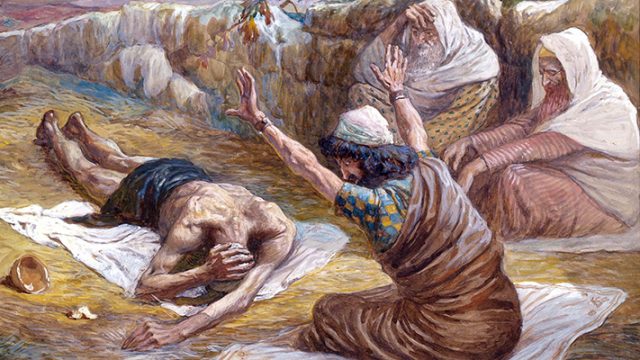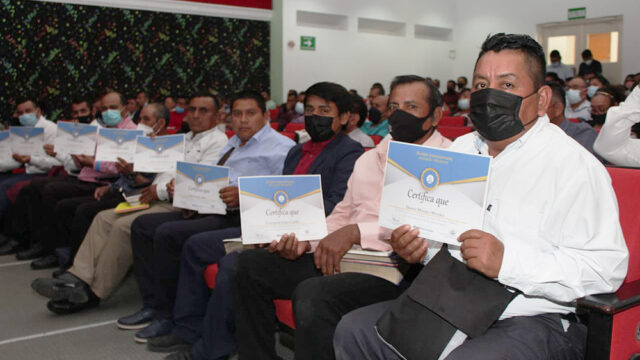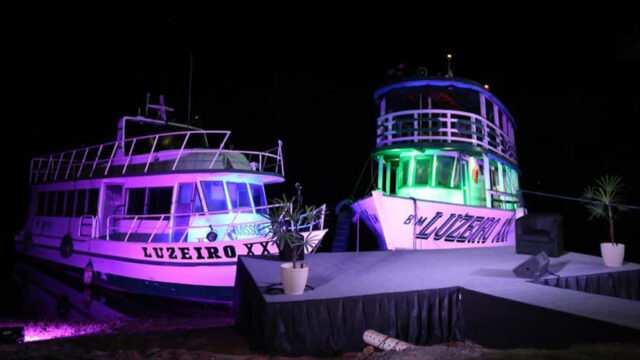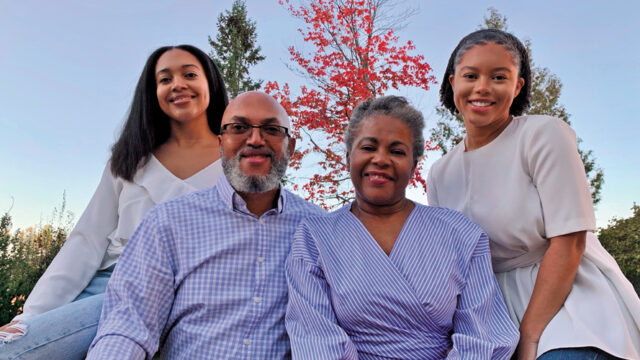What was it like to know Ellen White?
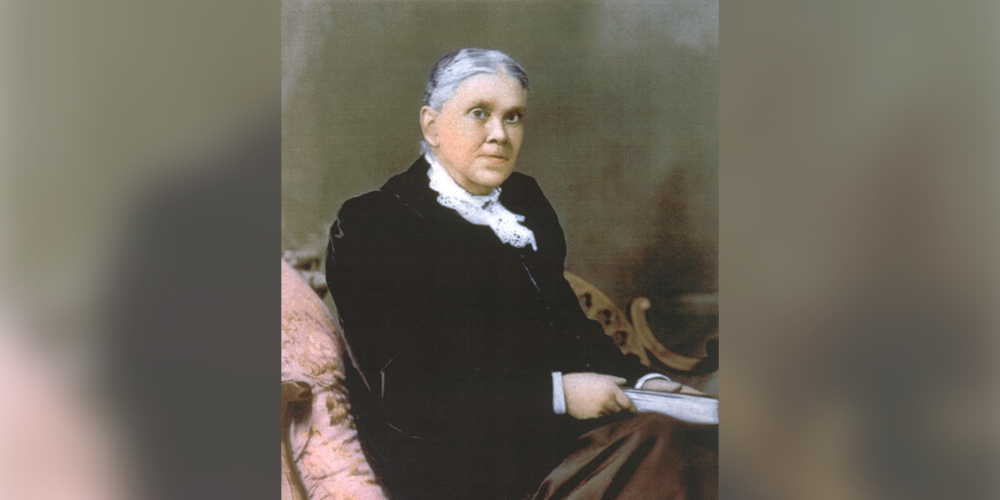
The people who shared their memories about Ellen G. White in this article, first published June 6, 1985, have now all passed to their rest. But this is your chance to hear, afresh, voices from the year of the seventieth anniversary of Ellen White’s death. Also, click this link [https://www.artvnow.com/videos/james-and-ellen-white-house] to watch a short video of Ellen and James White’s house, now restored as part of the Adventist Historic Village in Battle Creek, Michigan.—Editors.
July 16 will be the seventieth anniversary of Ellen White’s death at Elmshaven, her home in California. How many people still living today saw her in person? What do they remember about her? In a letter to the editor published in the Adventist Reviewlast fall, Gretchen Pike, of Beatrice, Nebraska, asked these questions. She suggested that reading these memories would make Ellen White seem more real to those too young to have seen her in person.
Eight of the 12 readers who responded to these questions included their age. After a bit of calculation, we agree with Gretchen Pike that “in a few years it will be too late” to ask for these reminiscings—the average age of those who responded is 90.
Mary Colby Monteith, of Yountville, California, the “youngster” of the group at 83, recalls, as a little girl attending a meeting in Los Angeles, when Ellen White was present. “Mother must have impressed me with the importance of meeting her friend,” she writes. “I remember we walked to the front of the church when the service ended, meeting Sister White near the rostrum. She placed her hand on me and, calling my mother by her maiden name, said, ‘So this is Phoebe Chapman’s little girl.’ That memory is like a tiny picture, as clear as if it happened yesterday.”
Mrs. Monteith was kind enough to write on behalf of Alice Howe, 95, of Yountville, California, who is almost blind and could not write herself. “I simply saw Sister White once,” wrote Mrs. Monteith. “Alice knew her!”
Miss Howe’s connection with Ellen White goes back to Battle Creek, Michigan: “Papa told us such interesting stories about James and Ellen White and life in Battle Creek that my twin sister, Attie, and I felt we were well acquainted. My papa, Baxter L. Howe, was one of 11 children living near the Whites in Battle Creek. Papa, as a young man, worked at the Review and Herald publishing house.
“One of his favorite stories was about his mother out hoeing corn in their garden. James White was ill and lay on a cot where he could look out the door and see his neighbor at work. He soon called for his clothes, exclaiming, ‘I can’t see Sister Howe hoeing corn when she has so many other duties.’ He dressed, finished hoeing the garden, and was benefited in his recovery.”
Miss Howe began nurse’s training at St. Helena Sanitarium in 1908. It was there that she personally became acquainted with Ellen White, who often spoke on Sabbath in the Sanitarium church. “I remember she always wore a black dress. It seems to me that most of her sermons were on Revelation 3.* I can still hear her voice as she drew out the word S-a-r-d-i-s . Often she talked of the Laodicean church.”
Like Alice Howe, almost all of those who wrote to the Review recall having heard Ellen White speak at church or camp meeting. Two readers remember the very same sermon topic “I Am the Vine”—yet the two did not attend the same service. Marie Bechtel, of College Place, Washington, heard Ellen White speak in Los Angeles; Violet Sernes, of Milton, Wisconsin, heard her at a camp meeting in Madison, Wisconsin.
Grace Putnam Case, of Orlando, Florida, recalls traveling by boat with her mother from Norfolk, Virginia, to hear Ellen White at the 1909 General Conference Session in Takoma Park, Maryland. Others who wrote about hearing Ellen White speak are George H. Rue, of Nordland, Washington, and R. W. Wedel, of Ventura, California.
“The one thing that you could never forget was the strength and quality of her voice,” wrote Earl D. Williams, 91, of Clearlake Oaks, California. “I never heard her shout while preaching. Her voice was not high or low, the pitch was always pleasing, very easy on the ears. One time when I was standing about 50 feet behind the crowd outside the big tent, I realized that she was preaching in an ordinary tone of voice, yet I was hearing every word clearly and distinctly.”
Commenting that there were no loudspeakers in Ellen White’s day, Mr. Williams wrote, “You would never miss a word when she was preaching, no matter how far away from her you were.”
“Her voice when she started speaking was very soft, but the more she spoke, the stronger it became,” added Mrs. J. M. Birkenstock, of Mowbray, Republic of South Africa.
Ruth McCully Cochran, 92, of Santa Rosa, California, took nurse’s training at the St. Helena Sanitarium from 1911 to 1914 and, like Miss Howe, heard Ellen White speak a number of times. She remembers one talk distinctly: “It was a holiday, and the faculty and some others had prepared a program to entertain those who could not go home. A part of it was very foolish.
“The next Sabbath Sister White drove up in her buggy, tied up the horse, and came in to speak. God had given her a vision of the whole program, and she gave reproof for that foolish part of it.
“A classmate of mine was deeply touched to know that God thought enough of him to send reproof, as he had been in that part of the program.”
“I must tell you about the time there was a general gathering of all the churches around the [San Francisco] Bay at the old 25th Street church in Oakland, because Sister White was to be the speaker,” wrote Earl Williams. “The church was packed, with no room for standing, either. The church had six narrow, tall windows, arched at the top, quite a distance from the floor. I had never seen any of them opened. With the church jam-packed you can imagine how thick the air was—stifling—after all the songs and introductory remarks. By the time the sermon was to start, about half the congregation was ready to go to sleep.
“Then Sister White solemnly stood up and asked, ‘Are there any deacons here who can open up these windows and give us some fresh air? How can I preach with the congregation half asleep?’ Then she returned to her seat and sat down.
“You have never seen such scurrying around in your life as those deacons trying to get the windows pulled down. They could not find the pole with the hook on it to grab the sash and pull it down. Finally someone found it in the school behind the church. But no matter how hard they tried, they could not budge the sash. It was stuck for good.
“You can imagine how amused everyone was during all this time. Sister White calmly sat there waiting to feel that fresh air she had requested. Finally they got a tall ladder outside and with a hammer and chisel broke the sashes loose from the casings so they could open all the windows. Then Sister White stood up, threw back her shoulders as far as she could, took a long, deep breath, and said, ‘Now that is more like it. All of you sit up straight in your seats and breathe deeply. I refuse to talk to a congregation that is half asleep!’ Then she talked about the benefits of fresh air and how it influences the brain.
“I noticed that for several months those windows were kept down for ventilation; but sad to say, gradually those who complained about drafts won out. You guessed it—as far as I can remember they were never opened again. I think that if Sister White were to preach again, the deacons would rush around and open them up wide for her.”
Mr. Williams also was impressed with the respect accorded Ellen White: “At camp meeting the preachers were lining up to walk onto the platform, and as they were positioning themselves, I saw Sister White right in the center between two preachers about twice her size (old pioneers of this faith). The thing that impressed me was the attention they paid to her. If she had been the queen of England it would have been no better.”
Several Review readers have warm memories of Ellen White’s kindness. One of these is Virginia Merriam Moncrieff, 93, of Loma Linda, California, who wrote, “My father, Eugene Merriam, was secretary-treasurer of the West Michigan Conference, and the White and Merriam families knew each other for many years.
“I saw Sister White many times, but it was at a camp meeting that I became personally acquainted with her.
“My father was responsible for all the books sold at the camp meeting. He and I were early risers, so we used to get up very early and walk into town, where the farmers brought their fresh produce. We were often there before the grocers were. I imagine my father offered to buy produce for Sister White as well as ourselves. He knew Sister White’s tastes, and I remember his saying that she was especially fond of tomatoes. How carefully he picked them out! He also bought other vegetables and fruit for her, and we’d carry it back to the campground.
“When we arrived, he’d give me the sack to take to her tent. She would accept it with thanks and ask me to sit down and—busy as she always was—she would visit with me for a few minutes. Those little visits meant so much to me; I remember the lessons she taught me and made them a part of my life. I was baptized in the river that summer, and I always like to remember that she was present at the baptism.”
Mary Monteith treasures a kind letter from Ellen White. “Just a year after James White passed away in 1881, Mary Chapman, my grandmother, lost both her husband and her mother from pneumonia within 24 hours of each other. My mother was just 12 years old, next to the youngest of five living children. Our family has cherished a letter of sympathy and condolence from Ellen White to Mary Chapman, dated March 3, 1882, written on Pacific Press Publishing Association stationery. She wrote in part:
“ ‘I think of you every day and sympathize with you. . . . Words fail me at this time. I can only commend you to God and to a compassionate Saviour. In Him is rest and peace. . . . My dear afflicted sister, I know by experience what you are passing through. I have been going over the road with you that I have so recently traveled.’ ”
Clarence W. Dortch, 90, was teaching in the music department at Pacific Union College in 1915 when Ellen White died. “Word was sent to Professor [C. W.] Irwin [the college president] to have someone prepare a musical selection to be sung at her funeral at Elmshaven. He asked me to be responsible for this. A mixed octet of us sang an early-Advent hymn that Sister White loved. It was a beautiful day, and the audience sat in chairs on the front lawn. The casket was on the front porch, and our octet stood on the front steps.”
Most of the 12 readers who sent the Review their Ellen White reminiscences closed with thoughts about their faith in God and in His messenger. Grace Case wrote that she and her husband “are firm believers in Sister White and her writings, and are looking for the return of our Saviour.” Mary Monteith wrote that her experiences with Ellen White “have through the years helped me to love and appreciate a little more the blessings that have come to our church through the ministry of the messenger of the Lord.” And Alice Howe closed with “I am so thankful that the Lord has given us a prophet as we near the end of our journey.”
*Arthur White, Ellen White’s grandson and author of her six-volume biography, read these recollections and found them consistent with history. He added that more frequently in Ellen White’s later years she preached on Peter’s ladder, 2 Peter 1:1-12. Arthur White died January 12, 1991.



